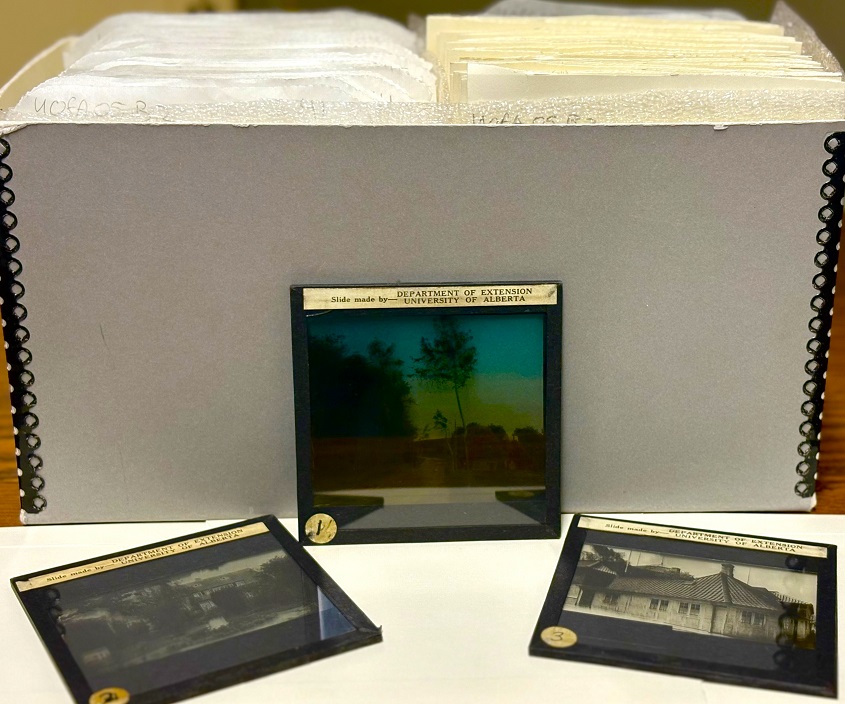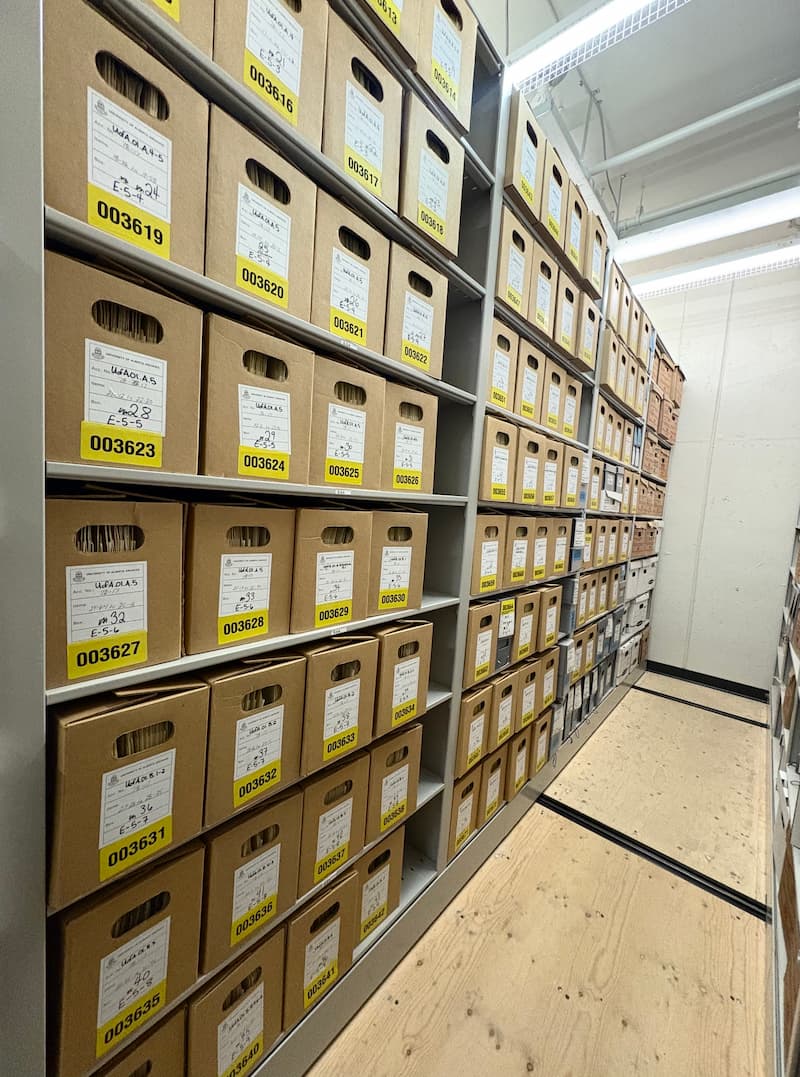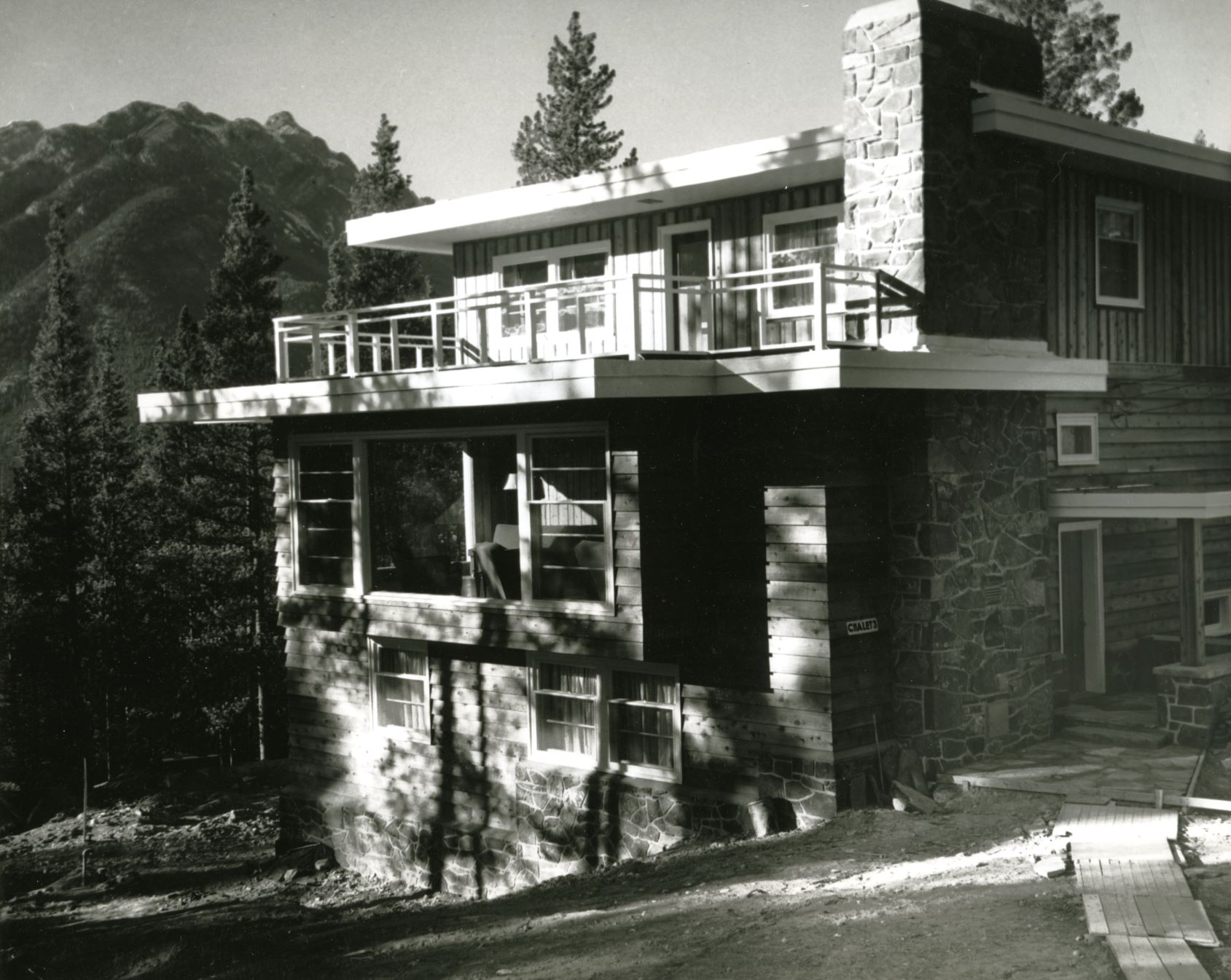
fullwidth padding
Simon studied with a huge range of drummers in the US, Australia and Korea. Since 1990 he has performed regularly throughout Australia, Europe, Asia and the US. He has produced a large collection of solo drumming recordings and over the past 20 years he has been involved in numerous ongoing collaborative projects including Chiri (trio with Bae il Dong and Scott Tinkler), Showa 44 (duo with Carl Dewhurst), duo with Scott Tinkler, and most recently, a duo with saxophonist Hinano Fujisaki.
He has also played regularly with many of Australia’s most established ensembles including the Phil Slater Quintet, Matt McMahon trio, the Australian Art Orchestra, Vince Jones, Paul Grabowsky sextet, Cameron Undy’s 20th Century Dog, Stu Hunter, as well as various groups led by Scott Tinkler. Over the past few years Simon has collaborated with numerous local and international artists including Jen Shyu, Gian Slater, Kim Hyelim, Chris Hale, Tony Malaby and Kris Davis, Jo Jonghun and Lim Mijeong (Byeolsinak), Mary Rapp and Carl Dewhurst, as well as with Henry Kaiser, Bill Laswell, and Rudresh Mahanthappa.


